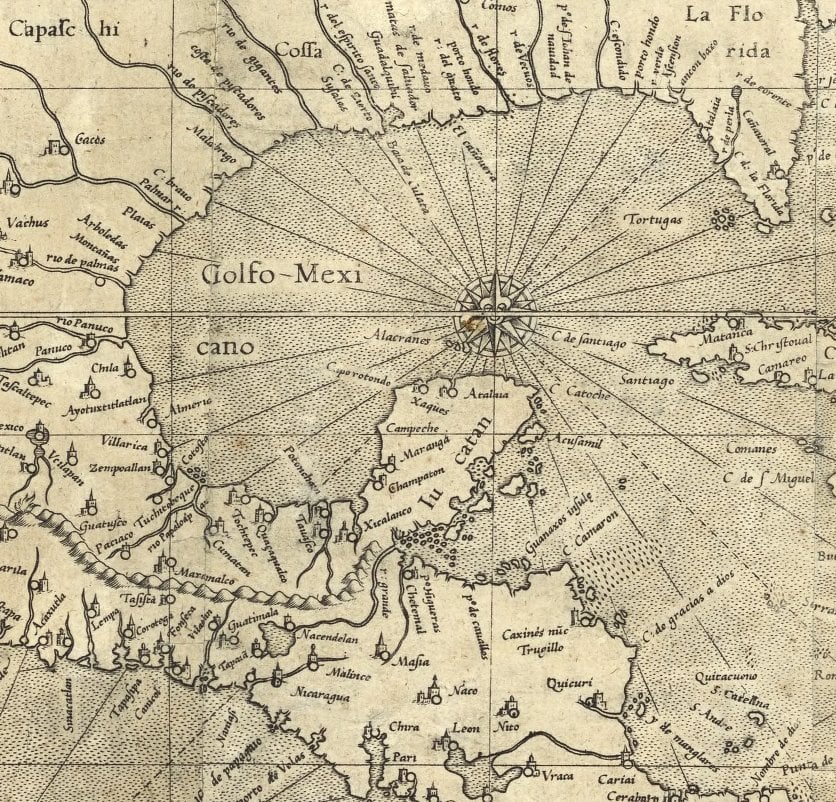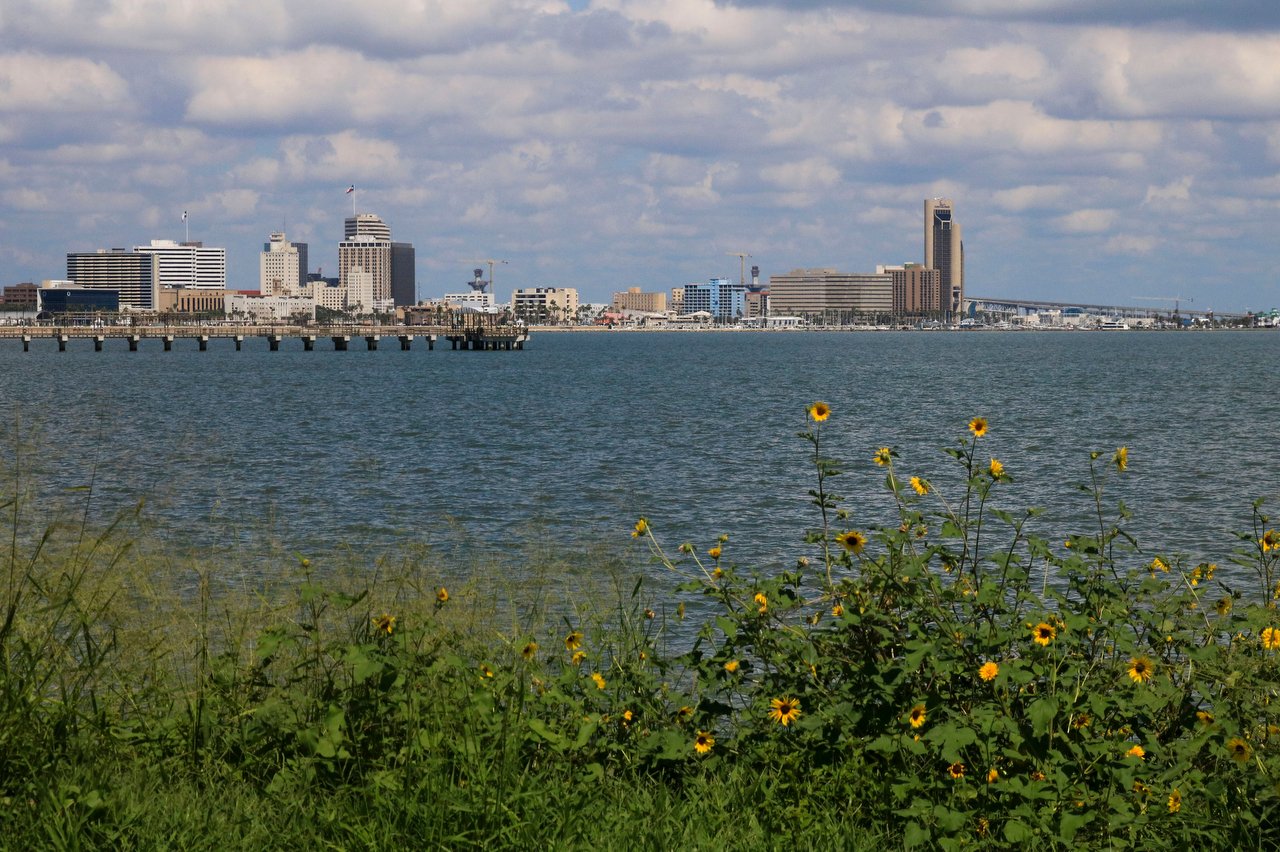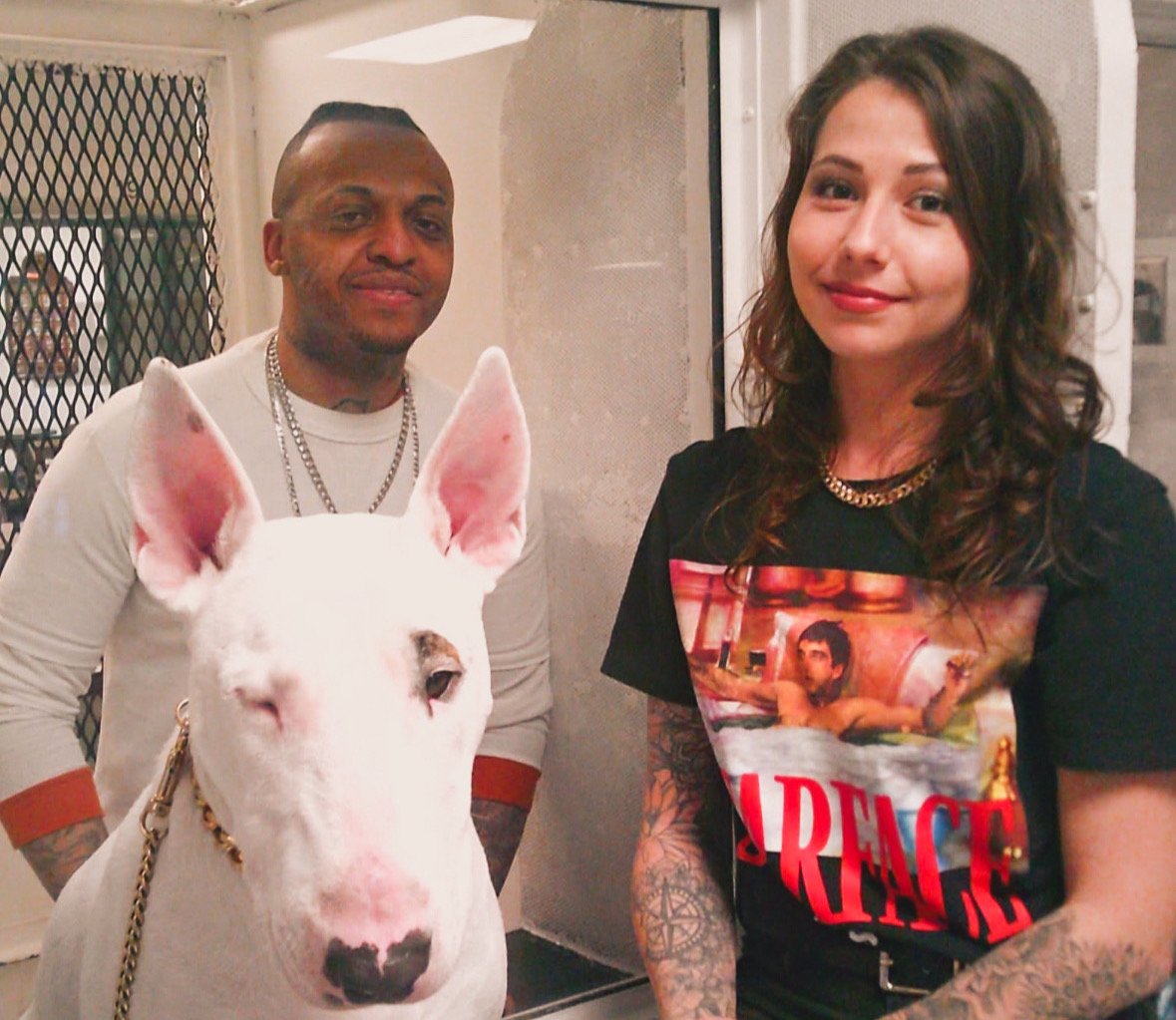It’s Nature Versus Igniter At Proposed Texas SpaceX Launch Site
While South Texas businessfolk hope to land a big NewSpace player, environmentalists are asking Elon Musk to keep off the beach.

It took a little longer than promised, but sure enough the California-based private space outfit SpaceX is soaking up good press since its successful robo-mission last month to restock the space station and splash back to Earth.
While the company was gearing up for that mission, the news broke that it’s seriously considering building its own launch site in South Texas, on a 50-acre stretch of private property on the beach at the end of State Highway 4 in Cameron County. It’s one of three possible sites where the company could launch its Falcon rocket, along with Florida and Puerto Rico. Those are all southern U.S. sites where rockets could launch east over water.
The announcement about Cameron County didn’t come from SpaceX—one of the biggest players in the private space movement—but from the Federal Aviation Administration, which announced it would study how a launch site would affect the surrounding environment. They’d begin, they said, by asking for input from locals.
Last Tuesday, the Texas Parks and Wildlife Department offered up their thoughts, with a 12-page letter from the agency’s Deputy Executive Director Ross Melinchuk. He lists 34 rare and protected species that could be affected by the SpaceX project, “if suitable habitat is present,” (his italics) including sea turtles, snakes and, appropriately, three falcon species.
While the SpaceX project would be on a strip of privately owned land, it’s surrounded by Boca Chica State Park, at the end of the Rio Grande Valley Wildlife Corridor. According to Melinchuk, the launch site would be 300 feet from park property. Noise, heat and vibration, from the launches could all cause trouble for animals living so close, he writes—but that’s not all. Fences around the SpaceX site could get in the way of ocelot migration. Bright lights around the launchpad could lure sea turtles onto the roads. Or a fuel spill, a launch mishap or a tourist’s stray cigarette butt could burn the whole place down.
Luke Metzger at Environment Texas first heard about the SpaceX plans from Parks and Wildlife last week, and promptly sounded the alarm. On Friday, they began a letter-writing campaign to SpaceX CEO Elon Musk. “Don’t build spaceport inside a wildlife refuge,” is the suggested subject line.
“There’s so few places we’ve set aside,” Metzger said over the phone today. “It’s just inappropriate to have an industrial development in the middle of a wildlife refuge.”
SpaceX spokeswoman Kirstin Brost Grantham has argued that Cape Canaveral, for instance, is also right near a wildlife refuge—but Metzger says that doesn’t make it safe. “There’s a billion-dollar environmental cleanup effort going on at the NASA facilities in South Florida, and how that’s impacted the environment is something we still don’t know yet.”
Though they’ve already launched their petition drive, Metzger says he’s still learning just what kind of trouble the launch site could cause, especially relative to other heavy industrial sites. “It’s kinda hard to compare to something else, because it’s pretty unique. We don’t have a lot of rocket launch pads in Texas.”
That’s something the Texas Space Alliance is hoping to change—its leaders say Texas just isn’t doing enough to attract space business, and that SpaceX is a golden opportunity. The Brownsville Economic Development Council has been trying hard to show SpaceX what a welcome neighbor they’d be. In April, their vice president Gilbert Salinas told me the SpaceX project “is what we call a game-changer. It could totally change the face of our community.”
Metzger warns that betting on the space business is going to mean betting against the nature tourism industry that’s already developed in the Rio Grande Valley. He cites a Texas A&M study that said birdwatchers, hikers and campers generate $300 million a year for the entire Valley.
And the resistance to SpaceX isn’t isolated to one Austin-based environmental group. At the blog Save Boca Chica Beach, Bobby Wightman-Cervantes is rallying the local resistance to the space boosters. “We are not a bunch of loud locals and we are not opposing SpaceX for publicity,” he writes in one post. “We care for Boca Chica and do not want it destroyed by SpaceX and those easily impressed with shiny objects.”

A Texas Parks and Wildlife diagram shows the proposed SpaceX locations in Cameron County (in purple), along with 1.5-mile (red) and 5-mile (blue) buffers.


